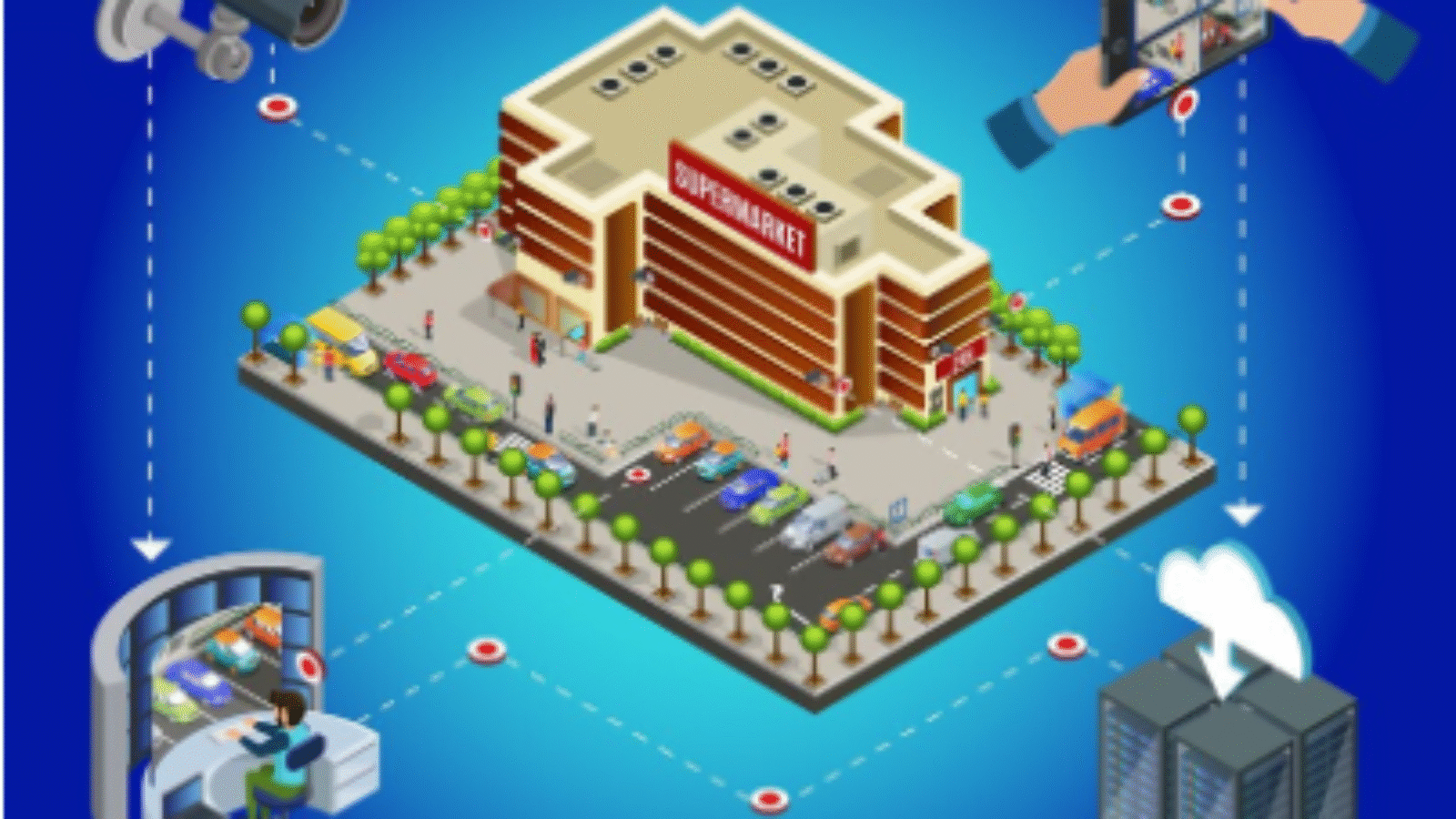Security begins at the edge. Whether you’re protecting critical infrastructure, commercial premises, or industrial sites, securing the outer boundary is your first line of defence. This is where Perimeter Intrusion Detection Systems (PIDS) come into play – detecting unauthorised access, intrusions, or tampering before a breach occurs.
In this guide, we’ll explore everything you need to know about perimeter intrusion detection, from how it works to the different types of systems available and how to choose the right one for your needs.
What is a Perimeter Intrusion Detection System?
A Perimeter Intrusion Detection System is a security solution designed to detect unauthorised access or suspicious activity at the boundary of a protected area. These systems are often the first line of defence, providing real-time alerts to prevent intrusions before they escalate.
Unlike traditional security methods (e.g. fences, guards, or CCTV alone), PIDS integrates technology-driven sensors, AI, and automation to ensure rapid and accurate threat detection.
Why Perimeter Intrusion Detection is Crucial?
Many organisations focus on internal security while overlooking the importance of perimeter protection. However, a perimeter intrusion detection system plays a vital role in:
- Deterrence: Preventing potential intruders from attempting unauthorised access.
- Early Detection: Identifying threats at the earliest possible point.
- Response Time: Giving security teams a critical window to act before a breach occurs.
- Reduced False Alarms: Advanced systems distinguish between real threats and harmless activities (like wildlife or weather effects).
- Integration: PIDS can work alongside CCTV, access control, and alarm systems for comprehensive security.
Types of Perimeter Detection Systems
There are several types of perimeter detection systems, each suited to different environments and security requirements:
1. Fence-Mounted Sensors
These detect vibrations, pressure, or motion when someone attempts to climb or cut through a fence.
Best for: Industrial sites, airports, power stations.
2. Microwave or Radar Sensors
These systems create invisible detection zones using microwave or radar technology. If the zone is breached, an alert is triggered.
Best for: Open fields, restricted outdoor areas.
3. Infrared (IR) and Laser Sensors
These work by detecting heat or light interruptions caused by movement across a protected zone.
Best for: Data centres, urban buildings, residential estates.
4. Buried Cable Sensors
These systems are concealed underground and detect footsteps or vibrations above the surface.
Best for: High-security environments where discrete protection is required.
5. Video Analytics-Based Systems
Modern perimeter intrusion detection systems often integrate AI-based video analytics to detect human motion, loitering, or boundary breaches via smart cameras.
Best for: Versatile use in public areas, commercial properties, or smart cities.
Key Features to Look for in a Perimeter Intrusion Detection System
When choosing a system, consider the following features:
- High detection accuracy with minimal false alarms
- Scalability to cover large or multiple sites
- Integration with existing security infrastructure
- Weather resistance for outdoor use
- Real-time notifications (SMS, email, mobile app)
- Remote access and management
Industries That Benefit from Perimeter Intrusion Detection
- Government & Military: For protecting critical infrastructure and defence assets.
- Utilities: Power plants, water treatment facilities, and telecom towers.
- Transportation: Airports, railways, and ports.
- Commercial: Warehouses, business parks, and logistics hubs.
- Residential: Gated communities and estates.
- Data Centres & Tech Parks: Data-driven organisations often require layered security, with perimeter detection serving as the first line of defence for protecting digital infrastructure physically.
The Future of Perimeter Detection Systems
With the rapid growth of IoT and AI, perimeter detection systems are becoming smarter and more proactive. We’re seeing trends like:
- AI-Powered Intrusion Classification
- Drone Integration
- Edge Computing for Faster Processing
- Smart Analytics Dashboards
These advancements ensure better situational awareness, faster response times, and more precise threat mitigation.
Conclusion
Whether you’re protecting critical national infrastructure or securing a commercial site, investing in a perimeter intrusion detection system is a strategic move. These systems not only deter and detect threats but also enhance overall site safety and security posture.
By selecting the right perimeter detection system tailored to your specific environment, you can significantly reduce vulnerabilities and safeguard your assets.
Looking to install a perimeter intrusion detection system?
Partner with a trusted security provider like Sysco Tech, who understands your needs and can tailor a solution that grows with your business.




Add a Comment